Where is Halls Gap, Grampians?
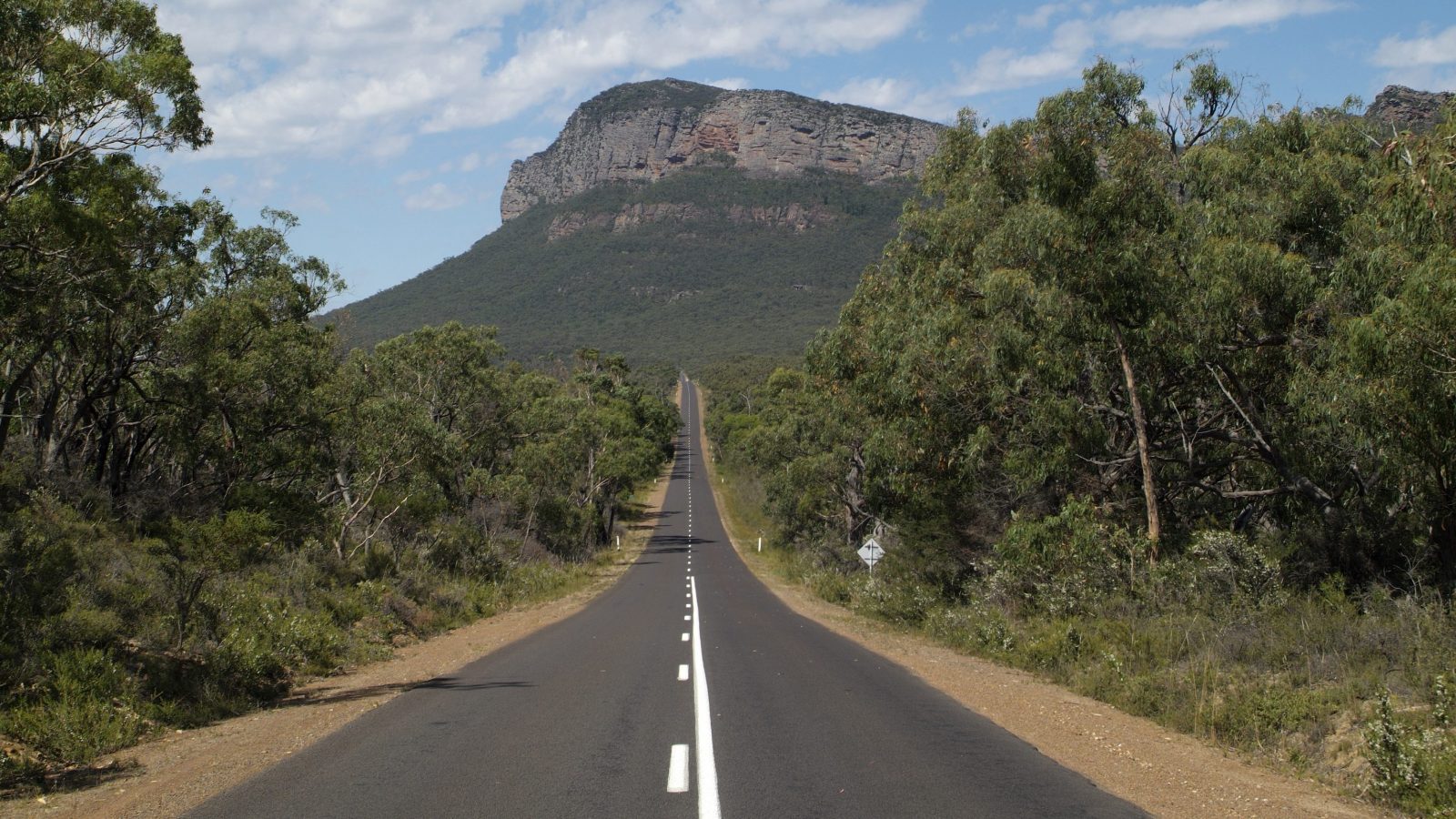
Melburnians love Halls Gap for a weekend get away. With only a 3 hour drive from the city, it makes the perfect road trip. Halls Gap, in the heart of the Grampians, proves to be the ideal location to forget about the suburban day to day and fully immerse in what the Grampians has to offer!
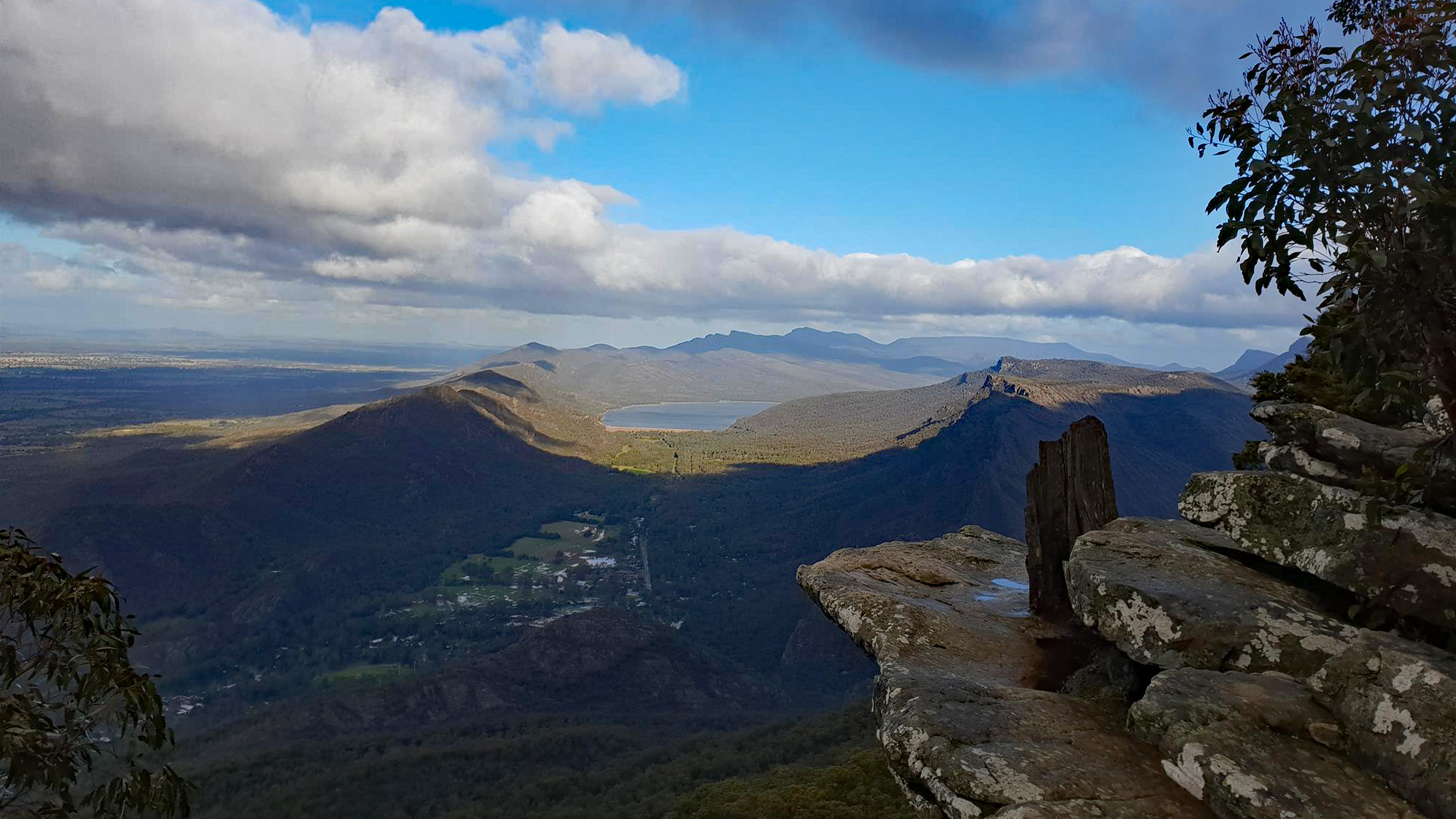
Location, location, location...
The place where the adventure begins, the heart of the Grampians National Park, Halls Gap, 450 km South East from Adelaide, 255 km North West from Melbourne. The Grampians is referred to by South Australians as the lush version of the Flinders Ranges. More and more they are discovering the beauty of the Grampians and utilising it as a stop over on their journey to or from Melbourne or a meeting place to catch up with their Victorian friends. Have a look at our post why Halls Gap is so popular by South Australians.
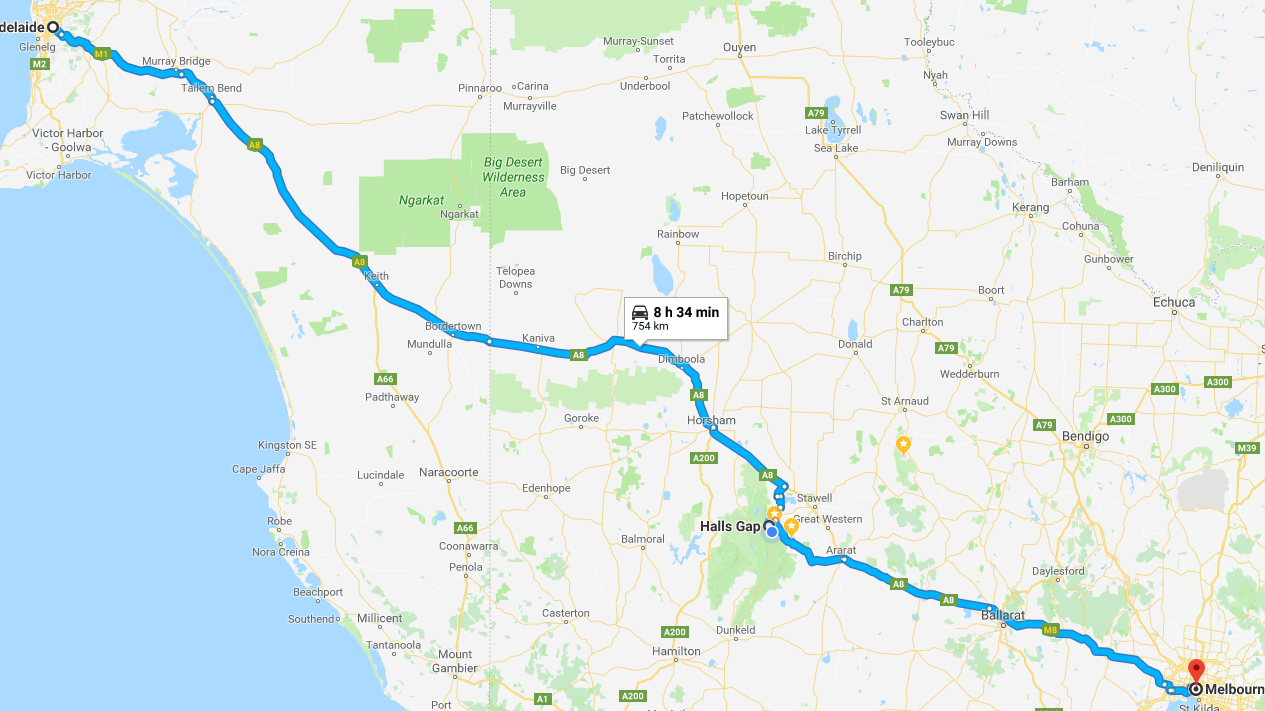
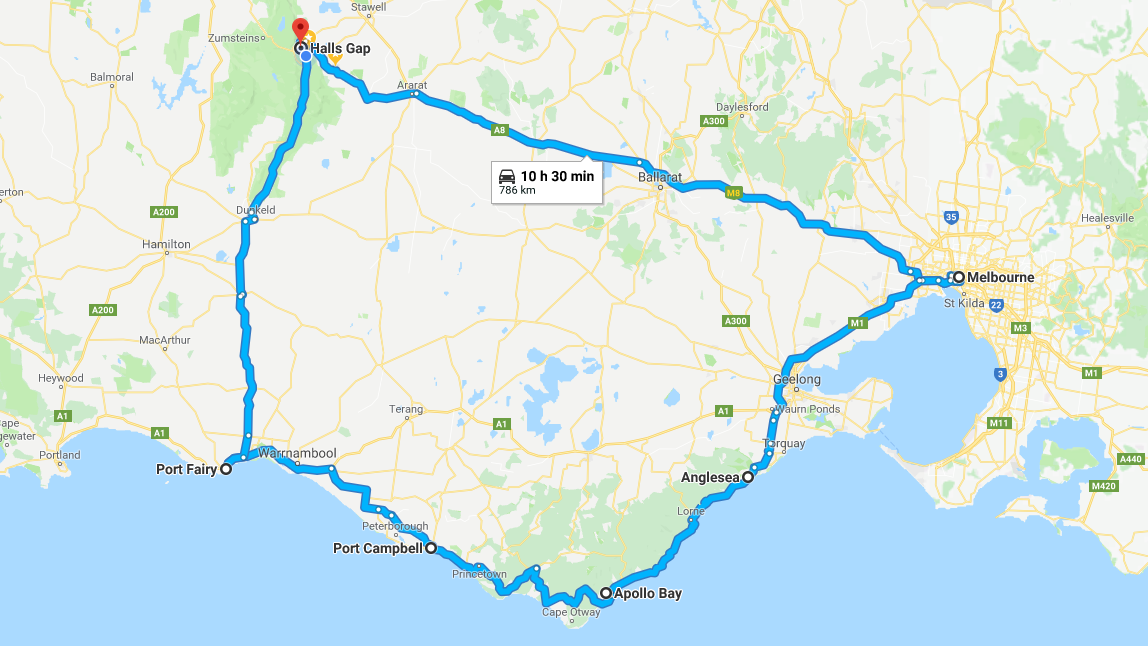
INTERNATIONAL GUESTS
Not only is Halls Gap and the Grampians popular for domestic travellers, international guests also love the features the Grampians has to offer. Guaranteed Australian wildlife like kangaroos, wallabies, emus and cockatoos. We often hear them say "the only wildlife we have seen was in the form of roadkill". They cannot believe their eyes seeing the kangaroos roam around freely throughout the National Park. Unfortunately, koalas have become a rarity due to chlamydia, which wiped out most of the population in the early 80's. But the Great Southern Touring Route, a well known and very exciting route, most popular with Internationals, offers a solution. Kennet River, on the Great Ocean Road, will guarantee a koala fix!
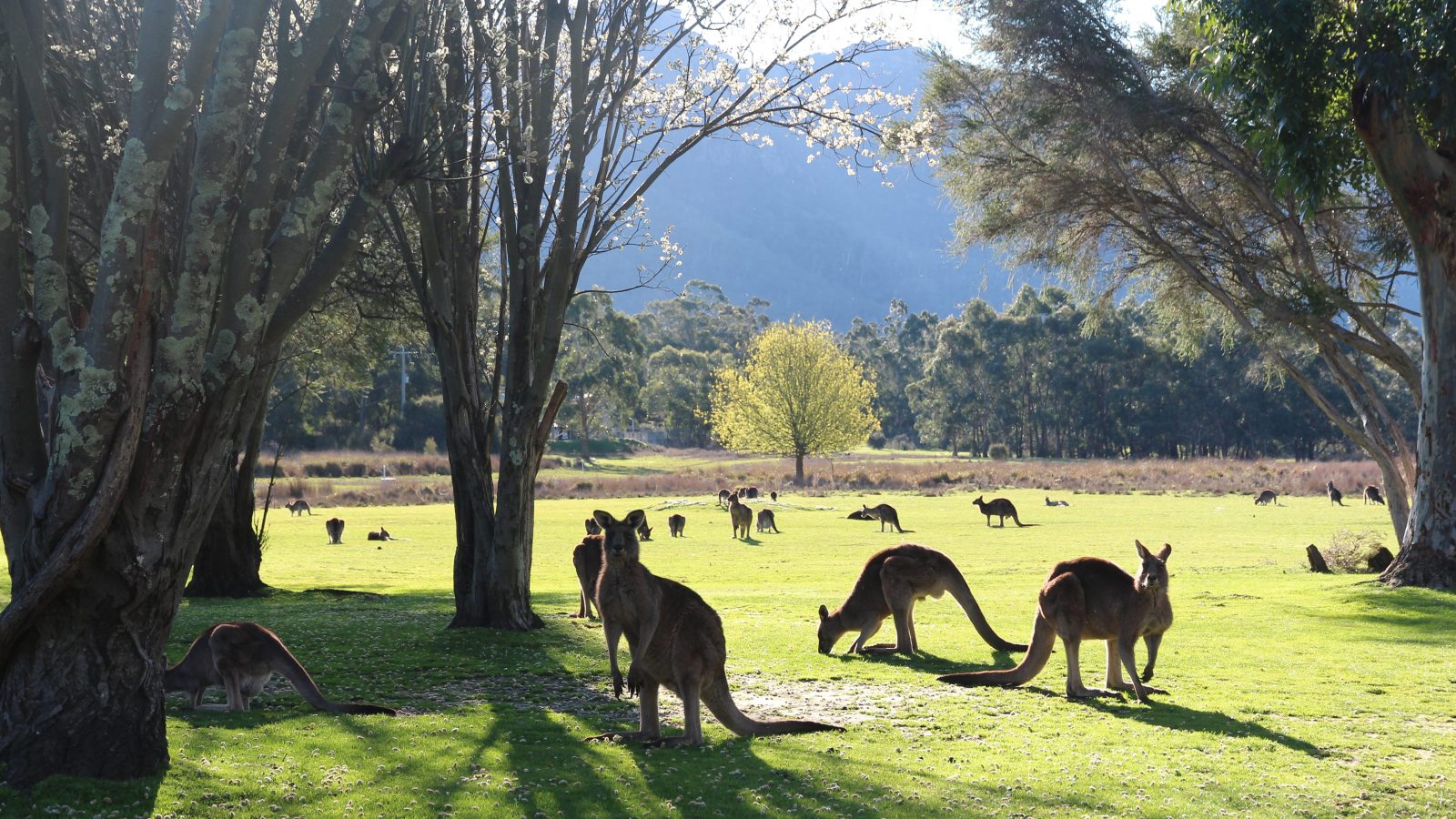
Halls Gap
Halls Gap is a tourist town, that is home to 430 locals (Census 2016). It has a primary school, newsagency, supermarket, post office, fuel station, atm, pharmacy, bakery, a medical centre, sporting oval (with lots of kangaroos!) tourist information centre, a great playground in the middle of town, police station, some gorgeous little cafés, restaurants, a local pub, picnic facilities and, in summer, we even have a large public pool. Great facilities for a relatively small town, but that is not why people visit!
It is the majestic mountain ranges, the flowing waterfalls, the smell of nature, the camp fires, the delicious local wines, the hikes, the Australian wildlife, the wild flowers, the endless opportunities to get lost whilst finding yourself, to explore and discover, to reconnect and recharge.
Sounds good, doesn’t it?
Some history
Halls Gap was discovered in 1842 by a drover and pastoralist called Charles Hall. It took 20 years after discovery that the first permanent white community settled. Halls Gap, also known as Budja Budja, was previously occupied by 41 Aboriginal clans speaking The Djab Wurrung language. During the early days of European settlement there were many killings of Aboriginal people and Brambuk Cultural centre, which opened its doors in 1990, has done a wonderful job in presenting this story. There is a treasure-trove of information to be read, certainly worth a visit!
Brambuk also hosts a gift shop with a variety of Aboriginal/Australian souvenirs and, what I personally find very interesting, the 3D model of the Grampians National Park. It gives you a great sense of your surrounds, which is a handy asset when preparing for your hikes. Did I mention they also have a café? I nearly forgot! Sometimes they serve the lemon myrtle sponge cake…which is to die for. Seasonally, they offer walking tours with themes like Australian wildflowers and even bush foods.
The local medical centre (locals only) is called Budja Budja and still run by the traditional owners of the land. How blessed are we!
It took around 50 years before Halls Gap became a destination for holidaymakers, and its popularity significantly increased when Mount Victory Road was constructed in the late 1920s.
In 1916 the Myrtle Bank guesthouse was built, which now lays at the bottom of Lake Bellfield, to allow development of the Wimmera water supply system.
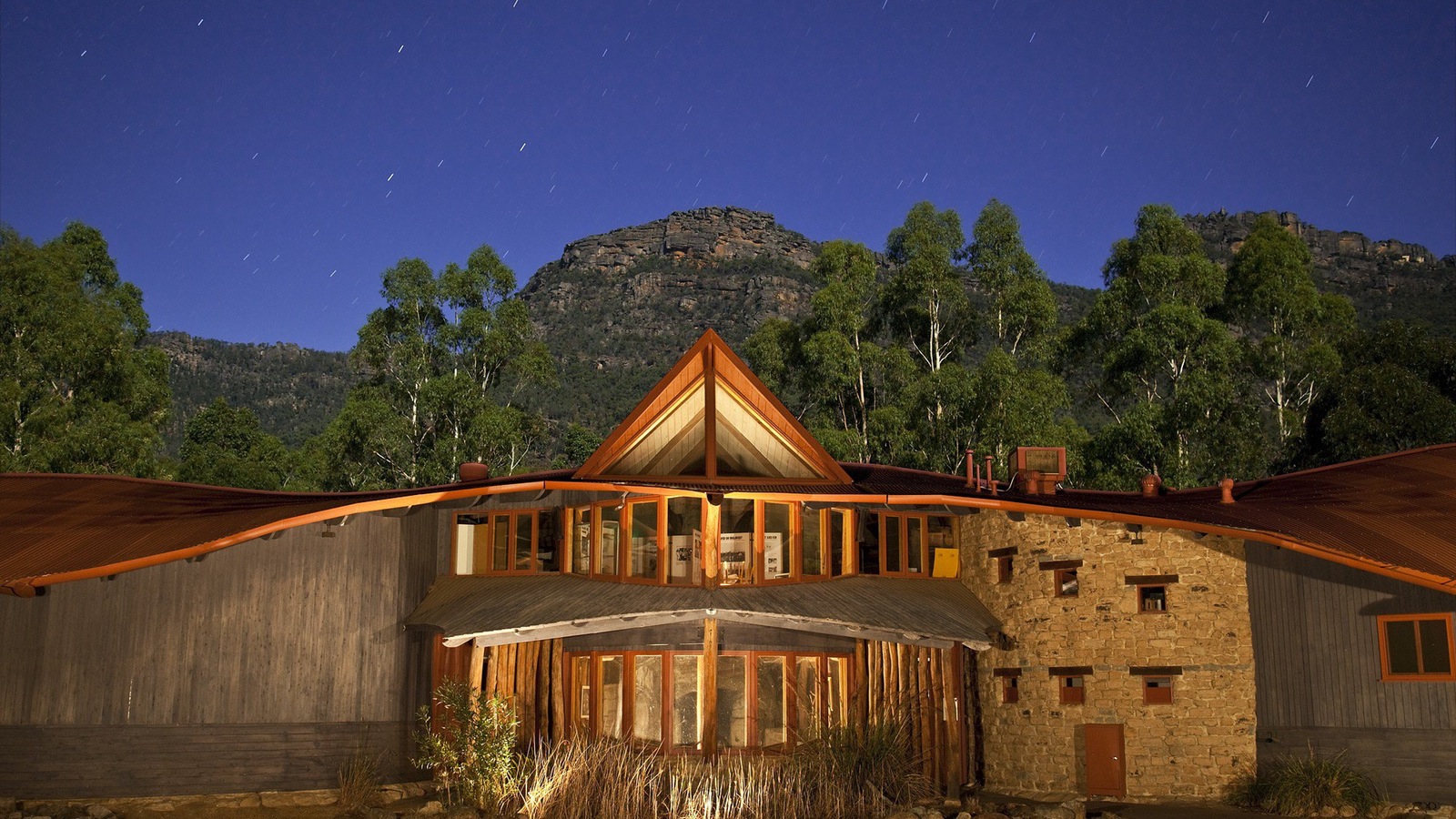
Visit the Grampians, travel by car
The Grampians, with its 1,672 square kilometres of National Park, which is over 100,000 hectares, is often an overwhelming fact for some of our visitors. Due to the size of the area we highly recommend to travel independently by car, since many of the walks start from carparks, some as far as a 20 minute drive from the centre of Halls Gap. No taxi services or shuttle buses are running in Halls Gap and public transport, although available, is not extremely convenient and needs to be planned well in advance. The train service from Melbourne will take you as far as Ararat and sometimes even to Stawell. From these towns you travel by bus to Halls Gap. Most roads in the area are sealed and accessible for motorhomes and caravans coming from Melbourne direction. If traveling from Horsham, the first turn off to Halls Gap, C228 via Wartook, takes you on a very winding route along Mt Victory Road, which is not suitable for large caravans. We recommend you continue on the Western Highway right through to Stawell and take the C216 to Halls Gap.

The Grampians National Park
Did you know that the Grampians mountain range is actually the end, or the start, however you like to look at it, of the Great Dividing Range, that stretches all the way to Queensland? Well, now you know!
It was declared a National Park on 1 July 1984 and listed on the National Heritage list on 15 December 2006 for its outstanding beauty. It is also one of the richest indigenous rock art sites in South Eastern Australia and is rich in unique Australian wild flowers. The peaks of the Grampians are created out of layers and layers of sandstone. In winter, you often find snow on the highest peak, which is Mt William, at 1,167 metres. Another favourite spot for locals to find snow is Boroka lookout, at 616 metres, about 15 kilometres from Halls Gap.
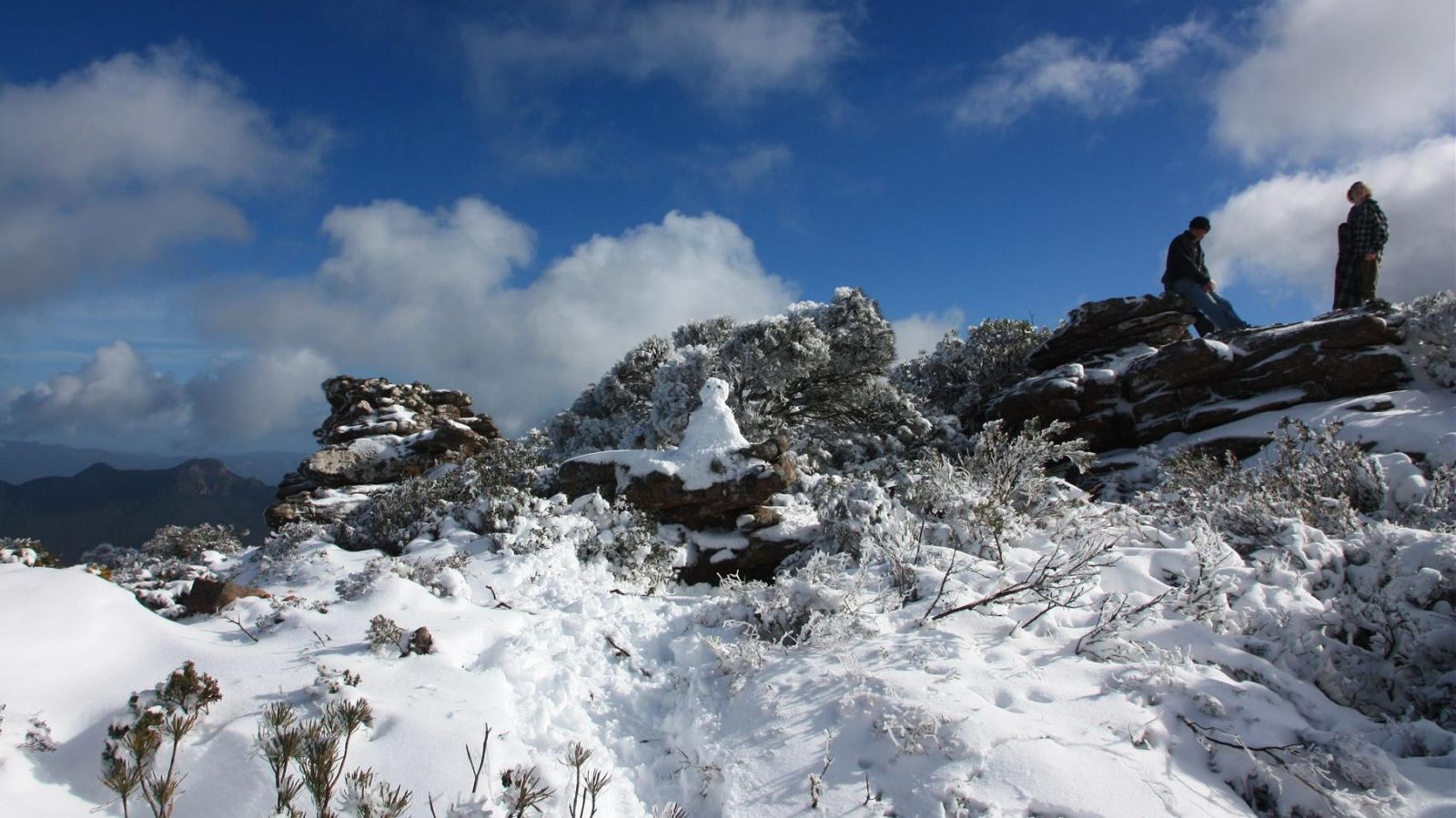
I am personally very excited about Halls Gap, the Grampians and all it has to offer, but for now that’s it. After all, we were just discussing location!
One more thing, if you need somewhere to stay, I know just the place!
